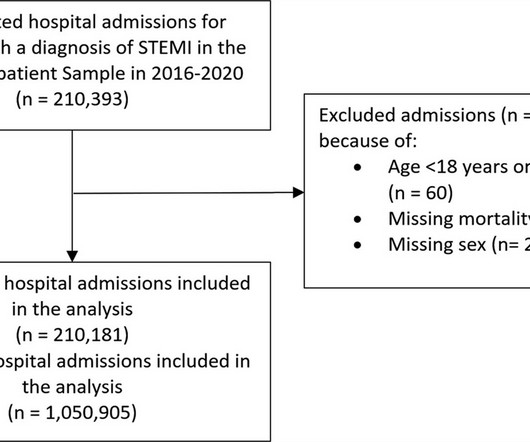New electrode design promises major improvements in wearable electrocardiograms
Medical Xpress - ECG
OCTOBER 31, 2023
Nearly 200 million people around the globe have coronary heart disease, which accounts for about one in every six deaths, according to the British Heart Foundation. That's why the recent and rapid rise in wearable electronic health-monitoring devices with heart rate-measuring electrocardiograms (ECG) represents a significant step forward. By detecting cardiovascular ailments and helping assess overall cardiac health, wearable ECGs save lives, not to mention exorbitant hospital care costs.




















Let's personalize your content